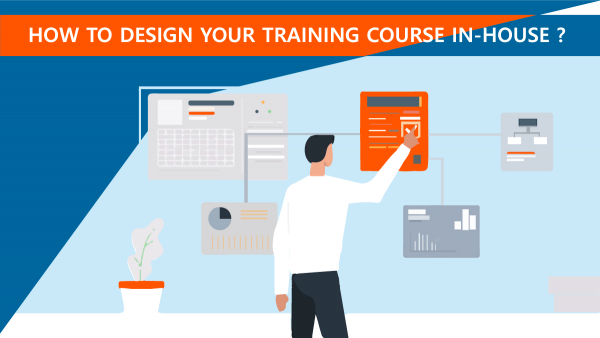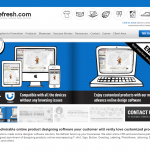How to design your training course in-house?
Since the advent of the digital age, outsourcing has been a convenient way to get the work done to adequate standards. But when it comes to designing a training course, adequate isn’t enough.
That being said, you need to build a close-knit team of developers that aligns with your vision and gives you strong reasons to kick the outsourcing practice to the curb.
Now you have an in-house team your dream project needs, but you are stuck on execution or are running on a tight budget. Next to success stands a sea of challenges, but where’s the fun without challenges?
Money can solve almost any problem and help you overcome challenges but for how long? That is why you need ideas to keep yourself from going broke. This article gives you ideas that should help you get across without losing a lot of money and efforts in the process.

Here are five tips for you and your team to design your training course in-house without leaving any loose ends.
Invest in Authoring Tools
An authoring tool is the first thing you need to get off to a great start. Why, you might ask? eLearning industry is constantly evolving, with more and more contenders thronging the virtual space. In order to get noticed, your course should offer an intuitive interface, accessibility and a favourable learning curve. An authoring tool provides all of this and much more.
While browsing through an authoring tool directory might give you a myriad of options to choose from, you will still need expert consultation to make the right choice.
Huddle around the storyboard
Create a roadmap for your final course material with a digital storyboard that keeps all your ideas in one place. Multiple users can contribute to it and access anytime, even on the go. A storyboard holds up your objectives throughout the development process so that your team doesn’t lose track.
Ensure Consistency
Choose a theme and stick to it. Your eLearning course is going to be a comprehensive guide. Therefore, it’s important to maintain consistency in themes, font and even writing style, to give your users a cohesive learning experience until the end.
There are two ways to go about it. Either give your team a set of guidelines at the start or appoint an Editor to ensure uniform tonality.
Get feedback
Before your eLearning course material goes live, you could use a second pair of eyes or even ask for your employees’ opinions. Be open to criticism. Even if it destroys you to the bone, the good news is your course is not live yet, and you can work upon it to address the pain points. You can also create surveys to gather a fresh perspective on your product to fill up performance gaps.
Keep evaluating and improving
As they say, success is a journey and not a destination.
No eLearning course is perfect, and it can still be enhanced after deploying. You can use LMS metrics to get useful performance insights besides gathering user feedback. These metrics will give you a detailed report on engagement rates, and you can use this for improvement.
These practices will help you streamline the course design and development process for desired outcomes. However, if you are pressed for time and resources, outsourcing some part of the process won’t hurt your bottomline.











![A Simplified Explanation to the Intricate Notion of Blockchain [Infographic]](https://technofaq.org/wp-content/uploads/2018/03/blockchain_infographic-150x150.png)




